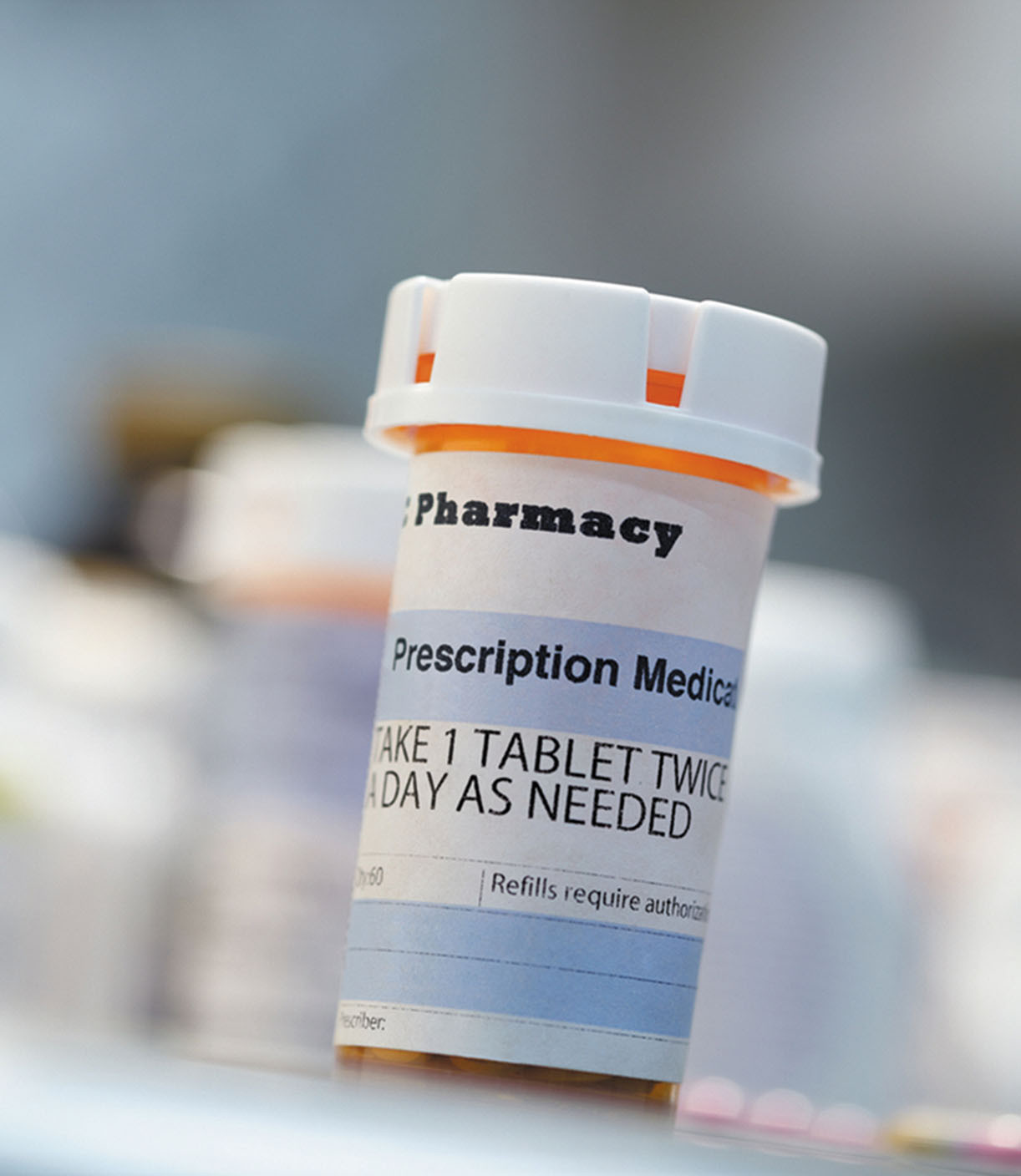Decoding medication instructions
Here's a little insight about the generic directions that often accompany prescriptions.
- Reviewed by Anthony L. Komaroff, MD, Editor in Chief, Harvard Health Letter; Editorial Advisory Board Member, Harvard Health Publishing
 The doctor prescribed your new medication, and you picked it up promptly. Now comes the job of taking the drug, which can be tough if directions are vague or confusing. Here are some common instructions that can trip people up, and what they really mean.
The doctor prescribed your new medication, and you picked it up promptly. Now comes the job of taking the drug, which can be tough if directions are vague or confusing. Here are some common instructions that can trip people up, and what they really mean.
Take as needed
"Take as needed" allows you the flexibility to determine when you need the medicine for symptom relief. But the instructions require additional guidance.
"It's not safe to take a medication anytime you feel you need it, whether it's a pill, a topical lotion, or a cough syrup. You need to know the intent of the drug, what it does, and the maximum amount you can have in a day. Is it one dose or three? And you need to know how far apart doses should be spaced," says Joanne Doyle Petrongolo, a pharmacist at Harvard-affiliated Massachusetts General Hospital.
Take once daily
When exactly is the "once" in "once daily"? It depends. Some drugs are best taken in the morning, such as thyroid pills that you need to take on an empty stomach. Some are better taken at night. "For example, cholesterol-lowering medications are generally taken once a day at bedtime, since your body produces more cholesterol overnight," Doyle Petrongolo says. "And sometimes it is wiser to take certain antidepressants or antihistamines close to bedtime, since they can make you drowsy in the day."
Take one tablet, twice a day
This is another instruction with vague timing. "You might interpret this in different ways. I was just working with a gentleman whose interpretation was to take pills at 9 a.m. and 1 p.m., which was too close together," Doyle Petrongolo says. "If the label says 'twice daily,' it usually means once in the morning and once at night, about 12 hours apart."
Take with food
This direction is intended to help you absorb certain drugs or to avoid the stomach irritation they can cause. But does "take with food" require a snack or a meal? At what point in the process do you take the pill? And does the type of food matter?
"You need to prepare your stomach by putting food in it first. Typically, that means you can take the medication after a few bites or a whole meal," Doyle Petrongolo says. "But some medications, such as nonsteroidal anti-inflammatory drugs, might require an ample meal to prevent stomach irritation."
Does the type of food matter? "That depends on the prescription," Doyle Petrongolo says. "For example, certain antivirals or antifungals are absorbed best after a fatty meal. In other cases, a few crackers will suffice." Pharmacy websites often provide specific advice. You can also ask your doctor or pharmacist.
Take with water
If the label says "take with water," it might be to ensure that the drug is properly eliminated through the kidneys. But often it's simply to prevent a pill from sticking to sensitive tissues while going down.
"With certain osteoporosis drugs, for example, we recommend taking them with eight ounces of water and not lying down for 30 minutes afterward. You want an adequate amount of fluid and time to avoid having them irritate the lining of your throat or esophagus," Doyle Petrongolo says.
Limit sun exposure
Some medications can make you more sensitive to sunlight while you're using them, leading to a bad rash or sunburn after sun exposure. This can happen with certain prescription drugs, such as some diuretics, antibiotics, antihistamines, antiseizure medicines, and antidepressants, as well as some over-the-counter products, such as topical treatments for acne that include the ingredient benzoyl peroxide.
How much should you limit sun exposure? "Avoid being in direct sunlight for long periods. And when you're outside, always wear a sunscreen with a sun protection factor [SPF] of 30 or more. Wearing sun-protective clothing like shirts and hats will also be helpful," Doyle Petrongolo says.
When directions are unclear
If you're unsure exactly how to take a medication, even if it was already explained to you, ask for clarification. Ideally this will happen when your doctor gives you the prescription, but it's okay to call and ask later. You also can talk to your pharmacist about the best way to take a drug, either when you pick up your prescription or sometime later. "Don't feel embarrassed. We understand that it can be confusing," Doyle Petrongolo says. "We want you take the medication correctly so it has the best chance of working."
Image: © DNY59/Getty Images
About the Author

Heidi Godman, Executive Editor, Harvard Health Letter
About the Reviewer

Anthony L. Komaroff, MD, Editor in Chief, Harvard Health Letter; Editorial Advisory Board Member, Harvard Health Publishing
Disclaimer:
As a service to our readers, Harvard Health Publishing provides access to our library of archived content. Please note the date of last review or update on all articles.
No content on this site, regardless of date, should ever be used as a substitute for direct medical advice from your doctor or other qualified clinician.
















